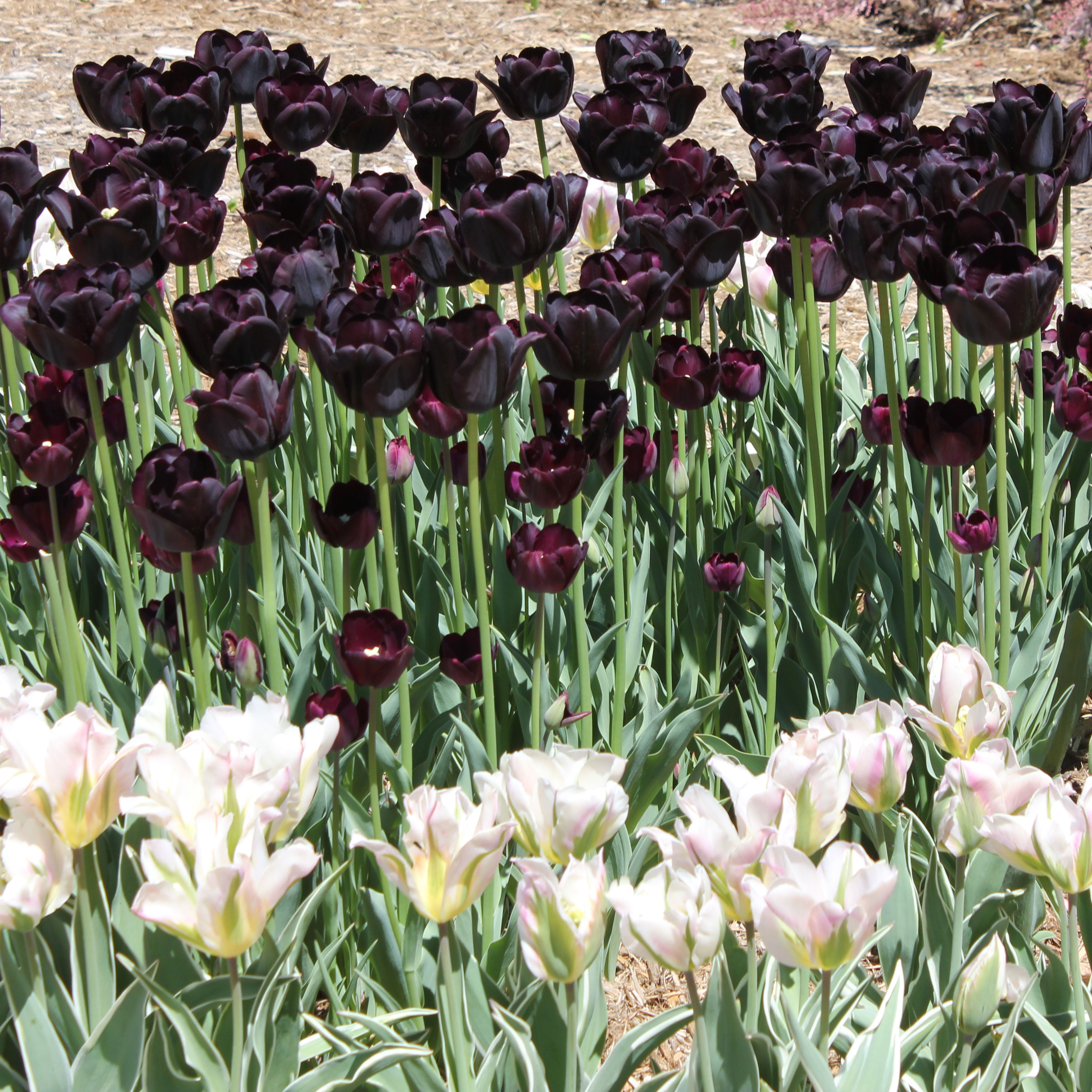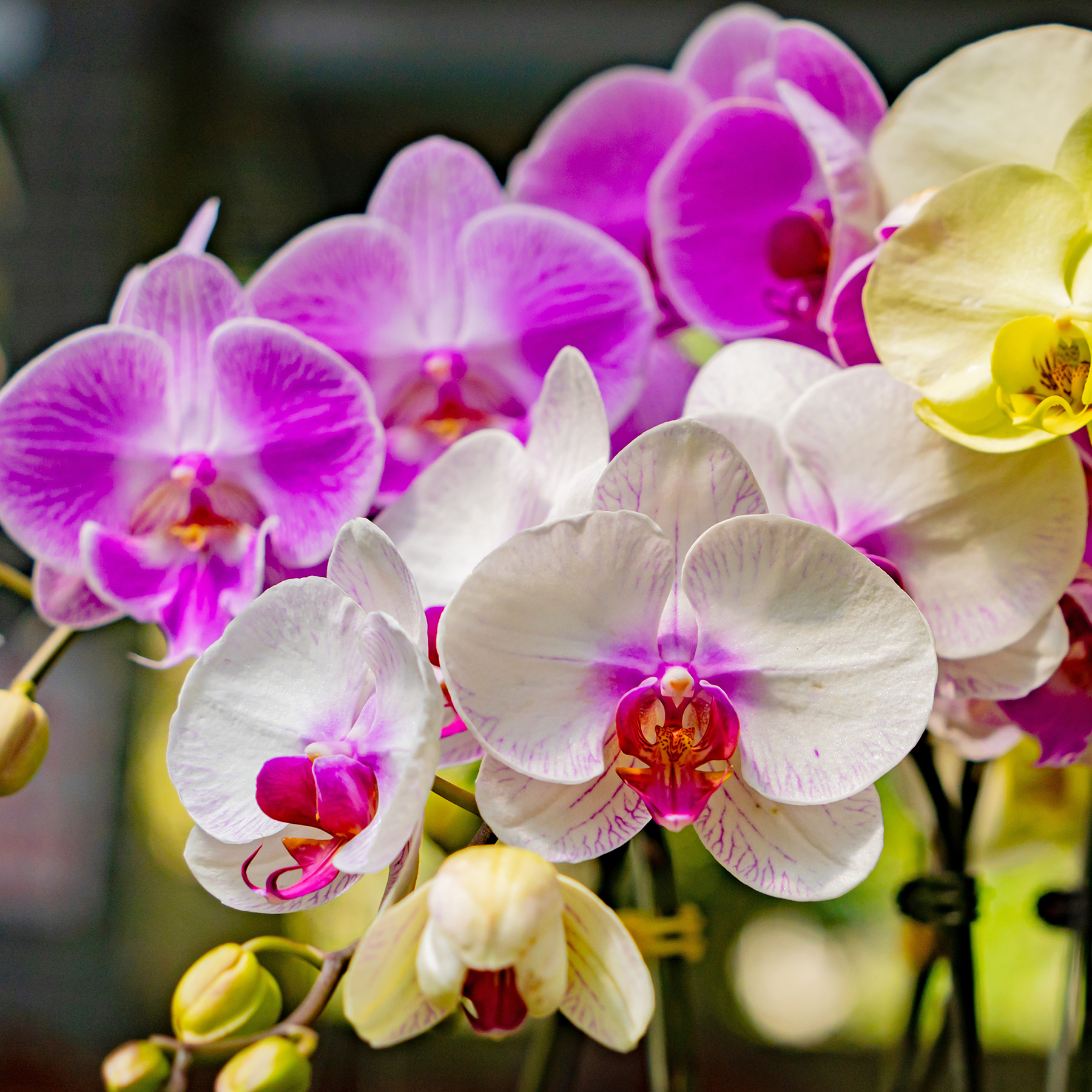Paperbark Maple Facts – Learn About Planting A Paperbark Maple Tree


What is a paperbark maple? Paperbark maple trees are among the most stunning trees on the planet. This iconic species is native to China and much admired for its clean, fine textured foliage and gorgeous exfoliating bark. Although growing a paperbark maple has been a difficult and expensive proposition in the past, more trees are becoming available these days at a lower cost. For more paperbark maple facts, including tips on planting, read on.
What Is a Paperbark Maple?
Paperbark maple trees are small trees that grow to 35 feet (11 m.) over some 20 years. The beautiful bark is a deep shade of cinnamon and it peels off in thin, papery sheets. In some places it is polished, smooth, and shiny.
In summer the leaves are a soft shade of blue green on the upper side, and a frosty white on the underside. They grow in threes and can get to five inches (12 cm.) long. The trees are deciduous and those growing paperbark maples say the fall display is lovely. The foliage turns a vivid red or green with marked red overtones.
Paperbark Maple Facts
Paperbark maple trees were first introduced to the United States in 1907 when the Arnold Arboretum brought two specimens from China. These were the source of all the specimens in the country for some decades, but more specimens were located and introduced in the 1990’s.
Paperbark maple facts explain why propagation has proved so difficult. These trees frequently produce empty samaras with no viable seeds. The percentage of samaras with viable averages about five percent.
Growing Paperbark Maple
If you are thinking of planting a paperbark maple, you’ll need to know some of the tree’s cultural requirements. The trees thrive in USDA plant hardiness zones 4 through 8, so those living in warm regions aren’t likely to succeed with these maples. Before you start planting the tree, you’ll need to find a good site. The trees are happy in full sun or partial shade and prefer moist, well-drained soil with a slightly acidic pH.
When you first start growing paperbark maples be sure to keep the tree’s roots moist for the first three growing seasons. After that the trees only need irrigation, a deep soak, during hot, dry weather. Generally, mature trees do fine with only natural precipitation.
Gardening tips, videos, info and more delivered right to your inbox!
Sign up for the Gardening Know How newsletter today and receive a free copy of our e-book "How to Grow Delicious Tomatoes".

Teo Spengler is a master gardener and a docent at the San Francisco Botanical Garden, where she hosts public tours. She has studied horticulture and written about nature, trees, plants, and gardening for more than two decades. Her extended family includes some 30 houseplants and hundreds of outdoor plants, including 250 trees, which are her main passion. Spengler currently splits her life between San Francisco and the French Basque Country, though she was raised in Alaska, giving her experience of gardening in a range of climates.
-
 Moody Blooms For Spring: 8 Types Of Black Flowers To Add Drama To Spring Displays
Moody Blooms For Spring: 8 Types Of Black Flowers To Add Drama To Spring DisplaysFrom midnight burgundies to inky violets, several types of black flowers can enrich and embolden a spring display. Try these brooding bloomers for a moody garden
By Tonya Barnett
-
 My Homemade Orchid Fertilizer Always Brings More Blooms – Here's The Easy Recipe That Transforms Plants
My Homemade Orchid Fertilizer Always Brings More Blooms – Here's The Easy Recipe That Transforms PlantsScientist-turned-gardener Mary Ellen Ellis shares her tried-and-tested DIY orchid fertilizer recipe, plus more ingredients to try for healthy, happy plants.
By Mary Ellen Ellis